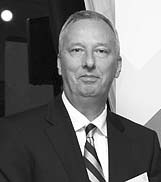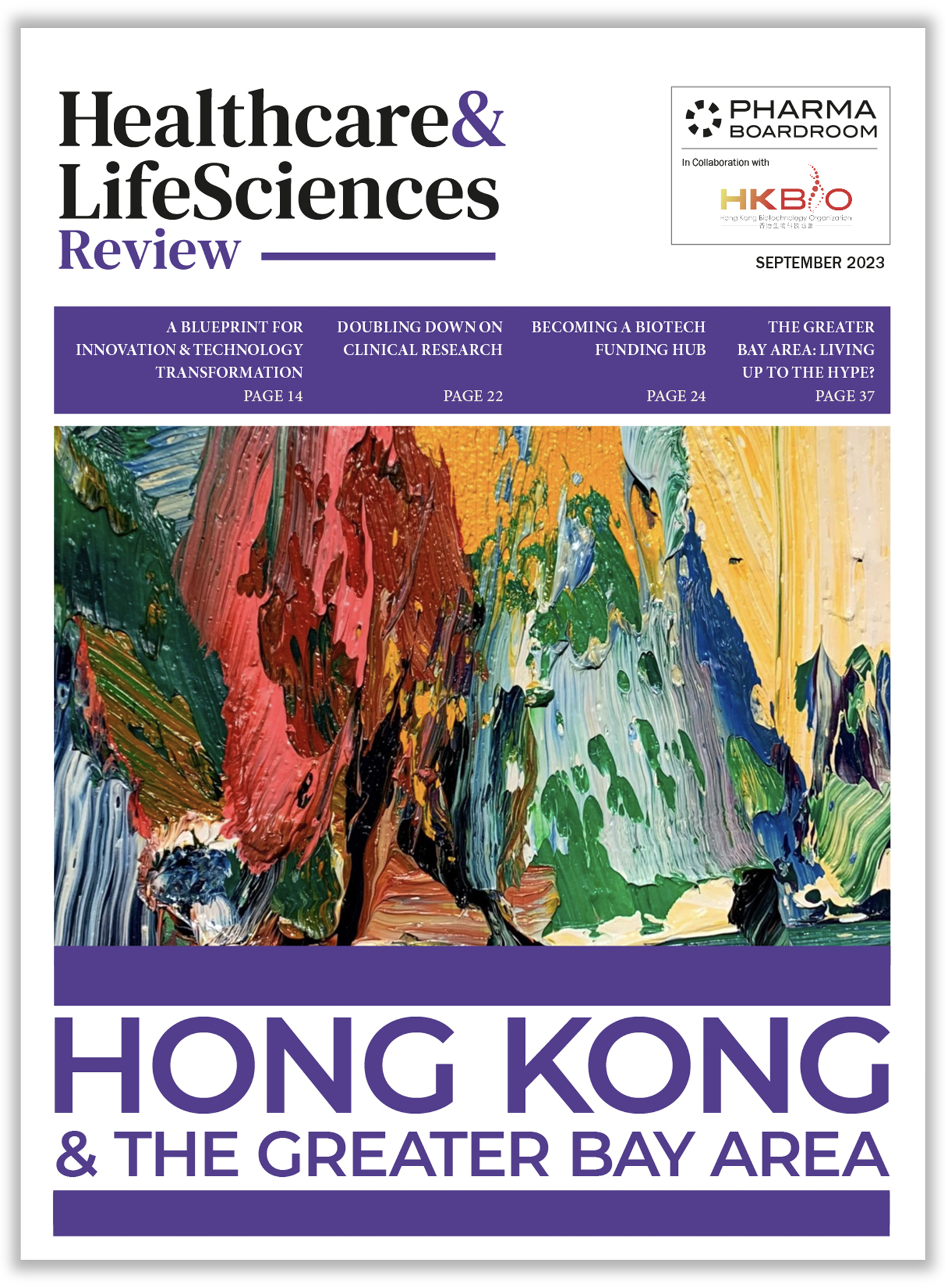Many MNCs are having pipeline concerns in the “new era” of post-blockbuster drug development. How is Bayer positioned in this respect?
Bayer Schering Pharma has one of the richest pipelines in the industry. In Australia, the company is launching in the next three years, 18 new products or product line extensions, thus representing six per year being above the industry average. These introductions include a new, innovative oral contraceptive called YAZ, which builds on the success of Yasmin. This oral contraceptive will also be for the use of light to medium acne, water retention, PMDD and is therefore innovative in its therapeutic class. In the area of cancer, Nexavar, will be launched in 2008 with reimbursement on the PBS. In 2009, Xarelto will be introduced to the market for venous blood clot prevention in patients undergoing elective hip and knee surgery followed by Kogenate for the Haemophilia community. This represents four major product launches in the next 10 months, and is in addition to other product launches and line extensions. More importantly is, however, that Bayer will grow with these product launches above the current pharma market growth.
What are the biggest challenges for Bayer in terms of the Australian operating environment?
Right now the biggest challenge, and this is not only a concern in Australia but worldwide, is the tendency towards price reforms and price reductions in the pharma business. Our industry invests heavily into R&D with up to USD1.2 billion upfront investments to bring just one new molecule successfully to the market. And success is not always guaranteed. Therefore, the introduction of the PBS Reforms from August 1 2008, which has resulted in price decrease of up to 25% is certainly carefully observed by our industry. Although many of Bayer’s products are positioned outside of the PBS and are available in the private-market, some of our products are also exposed to the 25% price cut. You mention Bayer is exceeding market growth in Australia.
Can you be more specific about the company’s evolution since your arrival just under two years ago?
Whichever segment Bayer operates in, we are amongst the top 3 companies and lead market growth. For example in contraceptives, Bayer has a market share of 76% in Australia and clearly drives the growth driver in this segment. Oncology is to a certain extent a new segment for Bayer, with Nexavar. The company has an existing Oncology range, but has so far been a relatively small player. However, with Nexavar, we intend to invest competitively to ensure that we perform above market growth and increase our market share. Again in Diagnostics Imaging, Bayer is the market leader as well as with Betaferon in Neurology against Multiple Sclerosis with over 40% market share in Australia.
Can you tell us about the importance of clinical trials and R&D for Bayer in Australia?
Only two years ago Australia was not on the global map for clinical trials at Bayer Schering Pharma. Today, we run global trials with around 900 patients, 230 investigators and are spending in excess of $10 million with partners on local R&D in Australia. Bayer in Australia is now clearly part of a global framework, thus bringing accelerated global trials to a country where investigators are known to be of an extremely high quality.
But research quality has been that way for more than two years – what was it about the timing that made the move into Australia more attractive?
It’s important to recognise that for a company like Bayer Australia, as part of a global R&D network, we somehow also compete internally with other countries for R&D resources, however, we are proud to say, that we have established over the last 18 month a professional Medical and Clinical Development team, which can cater to these R&D requirements.
Can you elaborate upon your management stile?
It’s very simple: I prefer an open, transparent, pre-dominantly performance-driven management stile with a high degree of social competence, which is not only for myself but important for Bayer as a whole. This is clearly a cultural heritage, which we carry on a worldwide basis as part of our leadership principles.
What kind of Corporate Social Responsibility commitments has Bayer made in Australia?
Bayer is networking with many organisations, both large and small in size, including organisations such as Mission Australia and the Cancer Council. We tend to undertake a lot of small community projects with strong employee involvement. For example, the “Give Program” within the company; for each community project in which employees become involved, Bayer matches their donations dollar-for-dollar, doubling our employees’ efforts. On a larger scale, Bayer has embarked on a Global Climate Change program in which we are investing a staggering1 billion Euro worldwide. This program translates to very concrete measures that will benefit the global environment. In this respect, Bayer has set clear emission targets for all its three subgroups of CropScience, Material Science and Healthcare in the range of 5% to 25% by 2020. In Australia and New Zealand for example, Bayer supports green cars, by offering employees a choice of hybrid vehicles. There are many proactive steps, which we have been taking in addition to environmental audits at all of our production sites here in Australia.
Where do you want to take the company in the next five years?
Within the next 5 years, we want to position Bayer as one of the leading healthcare companies in Australia and New Zealand with sales reaching $600 million AUD with strong platforms in pharma, animal health and consumer care.
This would catapult Bayer into the top 5 healthcare companies in the country. What is your final message to the readers of Pharmaceutical Executive?
As Bayer we have established ourselves since 1925 in this part of the world, and we are proud to carry an extensive history in Australia. Indeed, Australia was the first country worldwide to launch the contraceptive pill, even ahead of Europe and the US. And we will continue to foster and encourage this pioneering spirit amongst our employees. Overall, it is important to remember that our strategies are not embedded in lengthy documents, but rest with the great capabilities of our people, which brings me to my last statement. Truly successful companies do not only have a full product pipeline, but focus also on a great people pipeline.







